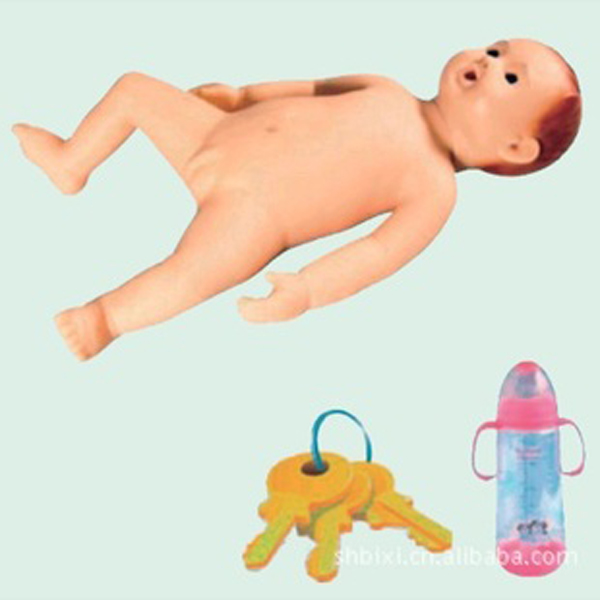Homepageпјҡ NEWS >> A real baby? Are highly intelligent baby simulators up to the task?
A real baby? Are highly intelligent baby simulators up to the task? This is a topic full of challenges and questions. In medical education and clinical practice, baby simulators have become an indispensable teaching tool, which provides a safe and effective practice platform for medical staff by simulating various physiological reactions and behaviors of real babies. The highly intelligent baby simulation, as the latest development in this field, has attracted much attention.

The highly intelligent baby simulator is not only a simple model, it integrates advanced sensing technology, computer algorithms and artificial intelligence technology to simulate more realistic and complex infant physiological and behavioral responses. These simulated responses include, but are not limited to, heart rate, breathing, body temperature, skin color, etc., and can even simulate the emotional changes and pain responses of the baby. This allows the medical staff to have a deeper understanding of the physical condition and needs of the baby in the simulation practice, and improve their coping ability in the actual operation.
However, despite the many advantages of highly intelligent baby simulators, we still need to question whether they can truly simulate real babies. After all, the physical responses and behaviors of real babies are very complex and diverse, and each baby is unique. Highly intelligent baby simulators, while capable of simulating many physiological and behavioral responses, may not be able to fully cover all situations. In addition, the highly intelligent infant simulator still has certain limitations in simulating the emotional changes and pain responses of infants, which may affect the experience and effect of medical staff in simulation practice.
However, despite these challenges and limitations, we can still argue that highly intelligent baby simulators have great potential and value in medical education and clinical practice. They provide a safe, controlled practice environment for health care workers to practice and practice repeatedly without harming real babies. This will not only improve the operational skills and response capacity of healthcare workers, but also reduce medical risks and improve patient safety.
Therefore, we can conclude: simulate the real baby? Although highly intelligent baby simulators cannot completely replace real babies, they already have quite high simulation ability and practical value. With the continuous progress of technology and the continuous expansion of applications, it is believed that highly intelligent infant simulators will play an increasingly important role in medical education and clinical practice.